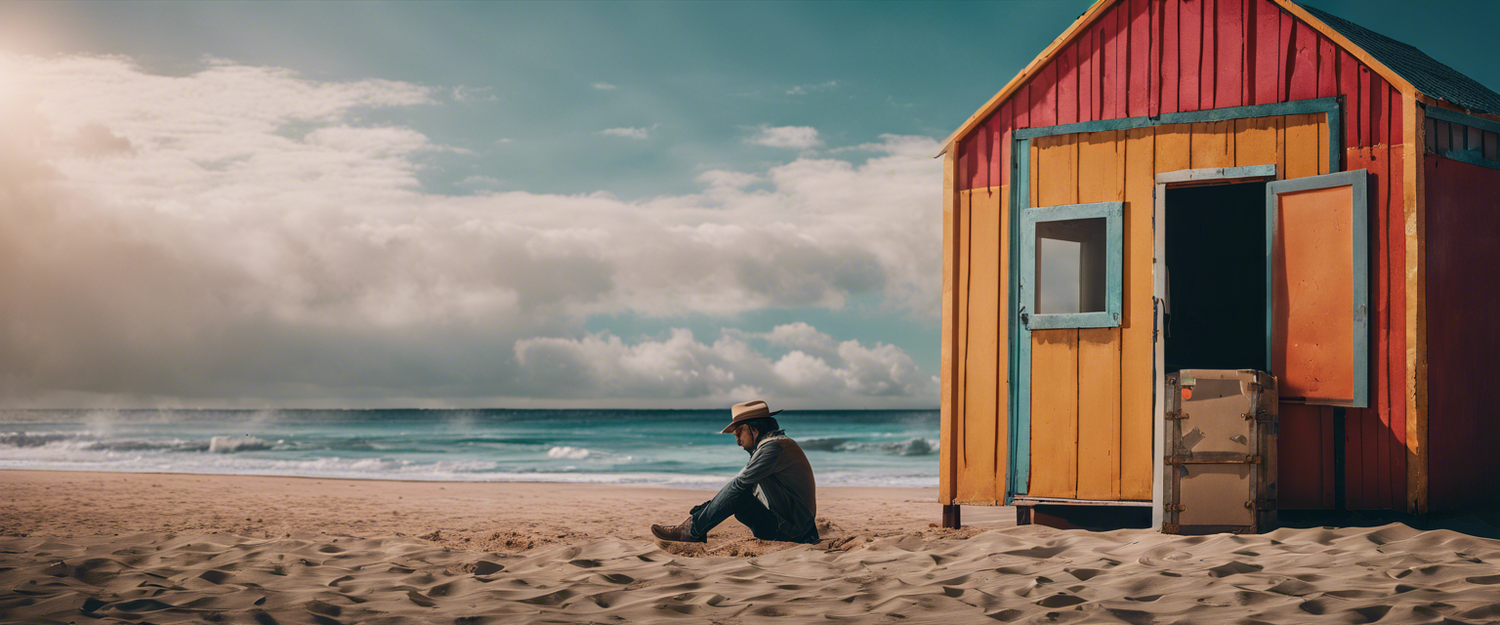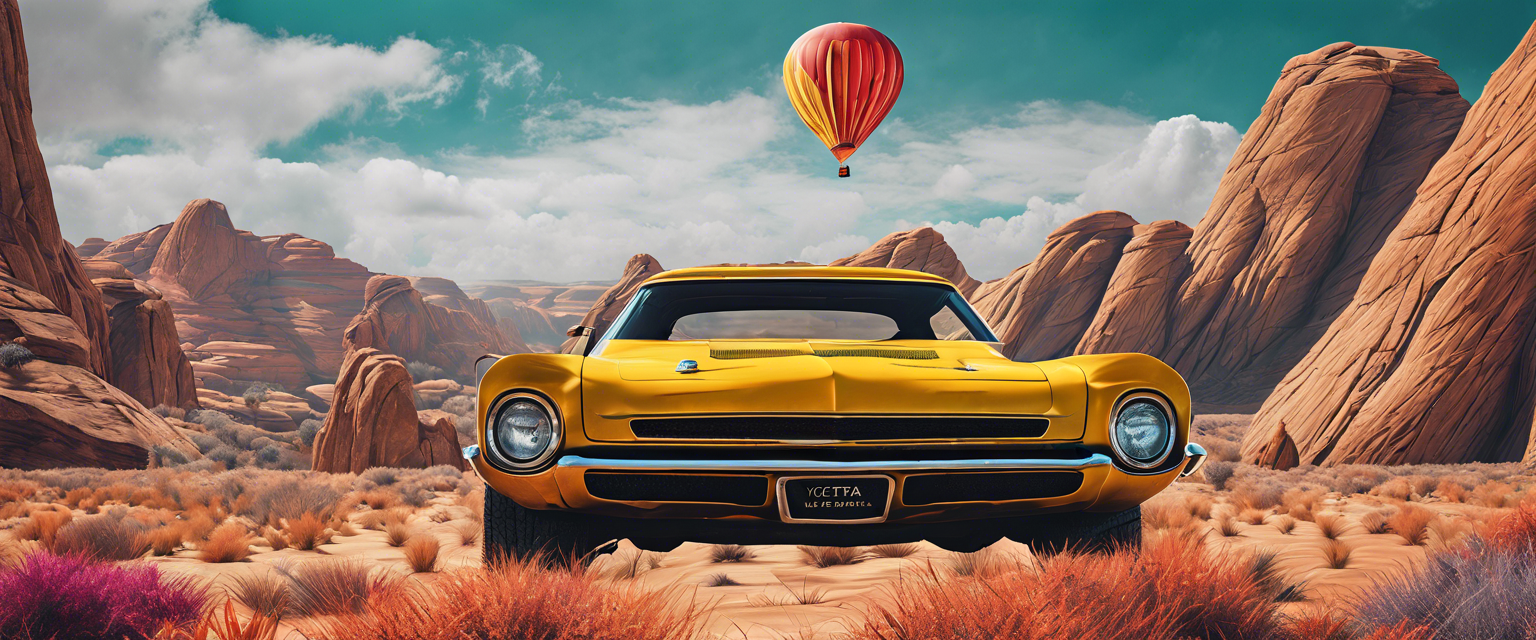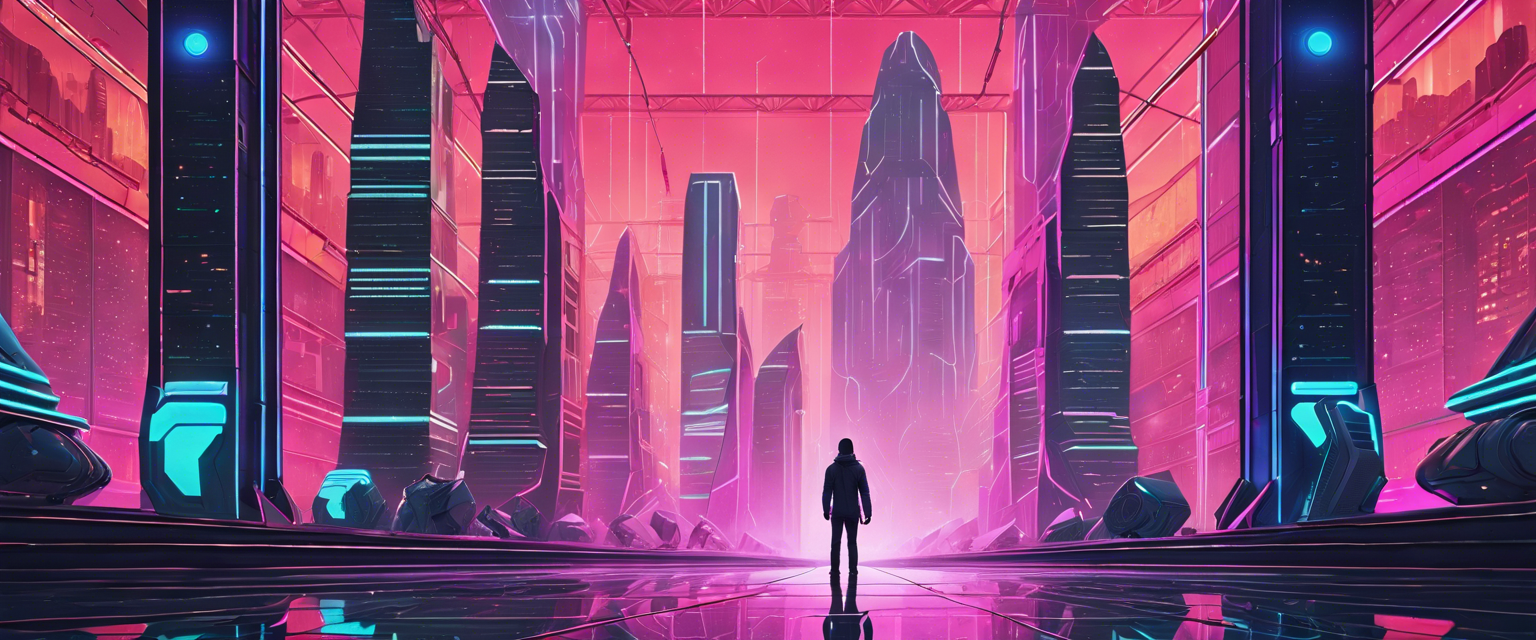What is Stable Diffusion?
Stable diffusion is an open-source latent text-to-image diffusion model that allows users to generate images based on textual prompts. This innovative approach utilizes advanced algorithms for synthesizing high-quality images from text descriptions, making it a popular choice among artists, developers, and creatives. For further information, you can find out more here, or explore the code available on GitHub to try it for yourself.
Goal of the Project
The primary goal of this tutorial is to create a video using the interpolation process with the Stable Diffusion model. By generating a series of images from specified prompts, we will seamlessly transform these images into a cohesive video sequence. Fortunately, we won't need to write the code for interpolating between latent spaces ourselves; instead, we'll utilize the stable_diffusion_videos library, which simplifies this process significantly.
If you’re curious about how the underlying mechanisms work, feel free to explore the code available on GitHub. For any questions or support, don’t hesitate to reach out on our dedicated Discord channel.
Environment Setup
To run this tutorial, we will leverage the resources provided by Google Colab and Google Drive. This setup allows us to save our movie and generated frames directly to Google Drive.
Preparing Dependencies
- Begin by installing the necessary dependencies. You can do this by running a simple code block in your Google Colab environment.
- Next, connect your Google Drive with Colab to ensure that you can save your movie and frames. Use the following command:
Authentication with Hugging Face
After setting up your environment, you will need to authenticate with Hugging Face by utilizing your unique token, which can be obtained here.
Generating Images and Video
To create the video, you need to define prompts between which the model will interpolate. This involves setting up a dictionary of prompt pairs which can yield a diverse range of generated images.
Using the Model for Generation
Once the prompts are defined, you can generate images and ultimately the video by employing the following code:
... your code here ...
This process may take some time to complete, depending on the parameters you select. We recommend using around 100 inference steps between prompts for balance between quality and time. However, feel free to modify parameters such as num_inference_steps to enhance the outcome.
After executing the code, you'll find your generated video in your Google Drive. You can easily download it to watch or share with friends.
Experimenting with Prompts
To reproduce the results presented in this tutorial, you can simply copy and paste the provided code snippets. However, for the best experience, we encourage you to experiment with your own unique prompts, as this can lead to unexpected and rewarding results!
Bonus: Using Multiple Prompts
For those interested in pushing the creative boundaries even further, you can utilize more than two prompts! Here’s an example:
... your example code here ...
Thank you for reading this guide! Stay tuned for our upcoming tutorials!



댓글 남기기
모든 댓글은 게시 전 검토됩니다.
이 사이트는 hCaptcha에 의해 보호되며, hCaptcha의 개인 정보 보호 정책 과 서비스 약관 이 적용됩니다.